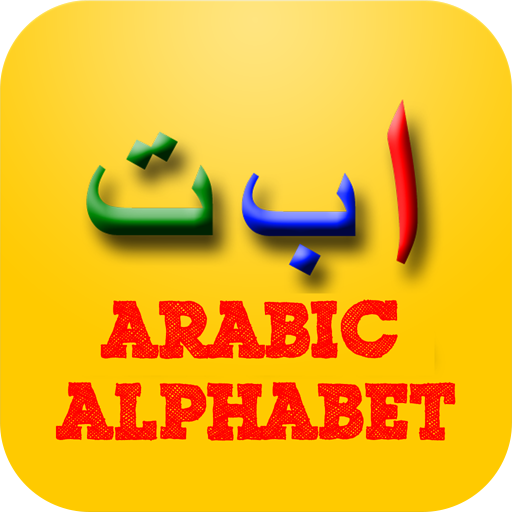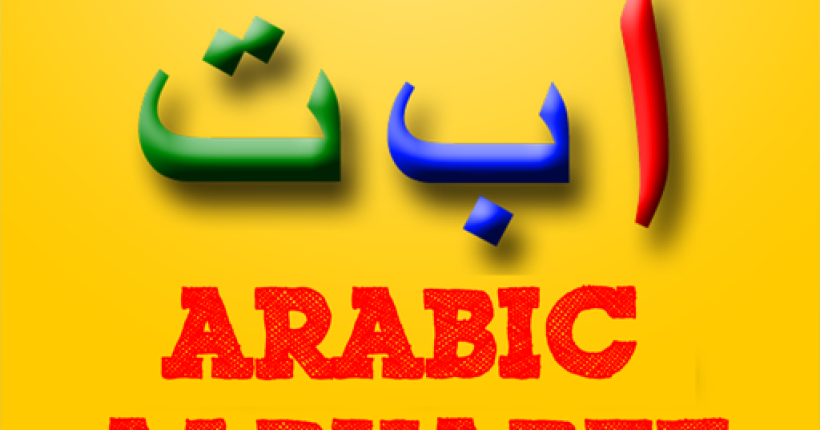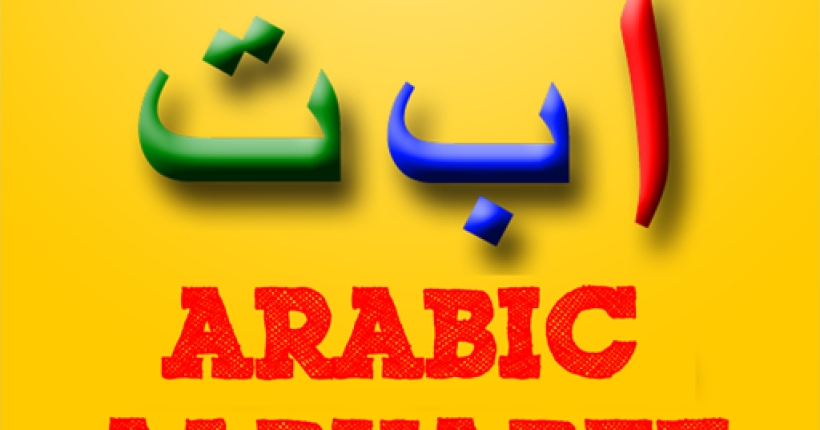With the best Arabic learning apps for non-Arabs learning Arabic has never been easier! There are now Arabic learning apps that are giving learners unprecedented flexibility when it comes to learning Arabic whenever and wherever you want, in the car, out to lunch, or at home!
It’s especially useful for those busy learners who are unable to sacrifice their ongoing class schedule.
In this article we will explore the best Arabic learning apps for non-Arabs to enhance your Arabic in a blink of an eye.
It does not matter if you are a first-time learner who would like to engage with the basics or an intermediate learner who wants to achieve fluency, I will help you identify which app best suits your needs.
Choosing the Right App: Your Learning Objectives Matter
When comparing thousands of apps for learning Arabic, your learning focused objectives should be your decision-making standards. For starters, the first question has to be whether you want to learn MSA or a dialect.
Modern Standard Arabic (MSA): its benefits is when trying to read the news, books, official documents, and formal/media understanding. MSA provides a decent basis that allows you to learn proficiently in any Arab dialect following your understanding of MSA.
Dialects: If you want real-life communication, the ability to travel to Arabic-speaking areas or cultural immersion is your top priority, learning a specific dialect such as Egyptian, Levantine or Gulf Arabic will be a more realistic way to do it. Dialects are more commonly used and vary considerably from MSA; as such, it is important to select the right dialect.
Choosing the Right App considerations
To choose the best Arabic learning apps for non-Arabs you should consider the following:
Skill Focus: If you are a beginner, you may want to use apps that focus on the Arabic alphabet, pronunciation and basic vocabulary. If you are an intermediate learner, you might prefer apps focusing on conversation and grammar practice.
Cost: Free apps, such as Duolingo, are a great start towards building habits, whereas paid apps are usually formal courses, have offline access, and more of a richer learning experience.
Learning style: Some students will be more successful with gamified apps that make the learning process enjoyable, whereas others use interactive conversation-based platforms for immersion, others will prefer formal step-by-step courses. Finding a learning style that you are comfortable with will make maintaining motivation more consistent.
The Best Arabic Learning Apps for non-Arabs
For those students wanting an overall Arabic learning experience, the following apps are highly renowned as the best overall options for non-Arabs:
Pimsleur Arabic
Best for: Spoken fluency with audio-based learning.
Pros: Heavy focus on listening and speaking, straightforward method, confidence increases rapidly, and includes MSA plus major dialects.
Cons: More expensive than most apps and includes minimal reading/writing practice.
Busuu
Best for: Structured learning combined with community features.
Pros: Grammar notes lesson by lesson, native speaker-checked exercises, and simple progress tracking.
Cons: Arab content is relatively small compared to other big languages.
ArabicPod101
Most suitable for: Audio and video lessons with cultural insights.
Pros: Huge library of lessons, flexible learning paths, both MSA and dialects are covered, excellent passive learning while exercising or driving.
Cons: Overwhelming due to amount of content and requires self-discipline.
These apps have a balanced interface for both informal Arabic and chat-based study, so they are ideal for learners of all levels.
Best Apps for Specific Learning Goals
Here are some of the best Arabic learning apps for non-Arabs for all levels:
For Complete Beginners (Alphabet & Essentials)
Drops
Engaging, game-like vocabulary lessons make learning Arabic fun and interactive.
Learner review: “Excellent for gaining a head start on the alphabet and basic words.”
Write It! Arabic
Focuses only on teaching writing the Arabic script, so that beginners can develop muscle memory.
Learner review: “Needed for becoming proficient in the Arabic alphabet properly.”
For Vocabulary & Memory
Memrise
Utilizes spaced repetition (SRS) and natural-life native speaker video clips to enforce memory.
Learner review: “The natural-life videos enable vocabulary to be stored faster than regular apps.”
For Conversational Practice
HelloTalk & Tandem
Connects learners with native speakers of Arabic for real-time conversations.
Learner review: “Nothing can substitute practicing with a real person. This is where learning takes place.”
By stacking these apps, students can hit a range of skills, reading and writing, vocabulary, and speaking, giving an even method for learning Arabic.
Free Apps vs. Paid Apps: Is Duolingo Enough?
Duolingo
Pros: Free, accessible, and gamified to assist everyday learning habits.
Cons: Primarily for MSA, gives minimal grammar explanations, and is too slow for expert users.
Duolingo is an excellent starting point, especially for beginners, but serious learners must supplement it with other apps.
Other Free Options:
LingoDeer: Offers free structured lessons ideally suited for beginners.
Several paid apps like Busuu and Pimsleur offer free trials, and students can experience features without a financial commitment.
Starts with the free best Arabic learning apps for non-Arabs so that one can establish the foundation for free, then proceed to paid apps for in-depth learning and fluency.
Conclusion:
When you are choosing the best Arabic learning apps for non-Arabs, always consider your needs, budget, and learning style:
Beginners: Use a free app such as Duolingo or Drops to learn the basics, the alphabet, vocabulary and pronunciation.
Conversation-Oriented: Use either Hello Talk or Tandem, to converse with native Arabic speakers.
Serious Learners: Buy formal paid apps, such as Pimsleur or Busuu for serious learners to practice both MSA and dialects in more of a complete and systematic way.
For the best learning outcomes, use more than just one app. This method allows you to learn all the aspects of Arabic- alphabet, vocabulary, grammar and conversation. A mix of apps leads to a learning balance whether it is enjoyable and productive.
FAQs
Which is more difficult to learn, MSA or a dialect?
MSA is hard to learn for non-Arabs due to formal vocabulary and grammar, while dialects can be easier to learn for informal usage. Using the proper best Arabic learning apps for non-Arabs effectively solves both issues.
Can I learn Arabic for free?
Definitely! Learning applications such as Duolingo, LingoDeer, and free trial periods of paid applications ensure one can begin Arabic for free.
How long does it take to learn Arabic?
Duration is dependent on the frequency of practice, time spent on an application, and one’s goals for learning. However, with consistent effort, a beginner could see significant improvement in just 3-6 months.
Is Arabic hard for non-Arabs to learn?
It is because of the script, grammar, and many dialects, but with the best Arabic learning apps for non-Arabs it is made easy, fun, enjoyable, and a practical possibility.



